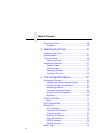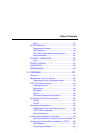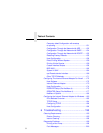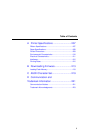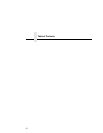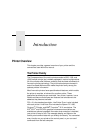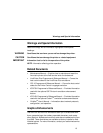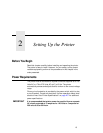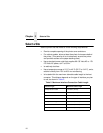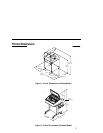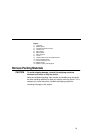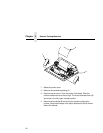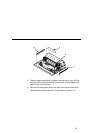
Chapter 1 Printer Overview
14
Taking Care of Your Printer
Your printer will produce high print quality jobs if it is well taken care of.
Periodic cleaning, handling the printer properly, and using the correct
printer supplies such as paper and ribbons ensures optimum
performance. Chapter 6 explains how to clean the printer, and printer
supplies are listed in Appendix A.
Whenever it is necessary to service the printer, remember these
important maintenance concepts:
• Use only the ribbons specified in Appendix A. Use of incorrect
ribbons can lead to ink migration problems, degraded print quality,
and expensive damage to the printer.
• Incorrect closure of the forms thickness lever can lead to smearing,
degraded print quality, paper jams, and damage to the platen and
shuttle assembly. Never close the forms thickness lever too tightly.
Protocols and Emulations
A
protocol
is a set of rules governing the exchange of information
between the printer and its host computer. These rules consist of codes
that manipulate and print data and allow for machine-to-machine
communication. A printer and its host computer must use the same
protocol. As used in this manual, protocol and emulation mean the
same thing.
Most impact printers use single ASCII character codes to print text,
numbers, and punctuation marks. Some characters, both singly and in
groups of two or more, are defined as control codes. Control codes
instruct the printer to perform specific functions, such as underlining
text, printing subscripts, setting page margins, etc. The main difference
between most printer protocols is in the characters used to create
control codes and the ways in which these characters are formatted.
When the printer executes the character and control codes of a
particular printer protocol, it is “emulating” that printer. If the printer uses
the Proprinter XL protocol, for example, it is emulating a Proprinter XL
printer. If the printer is using the Epson FX printer protocol, for example,
we can also say it is in Epson FX emulation mode.



